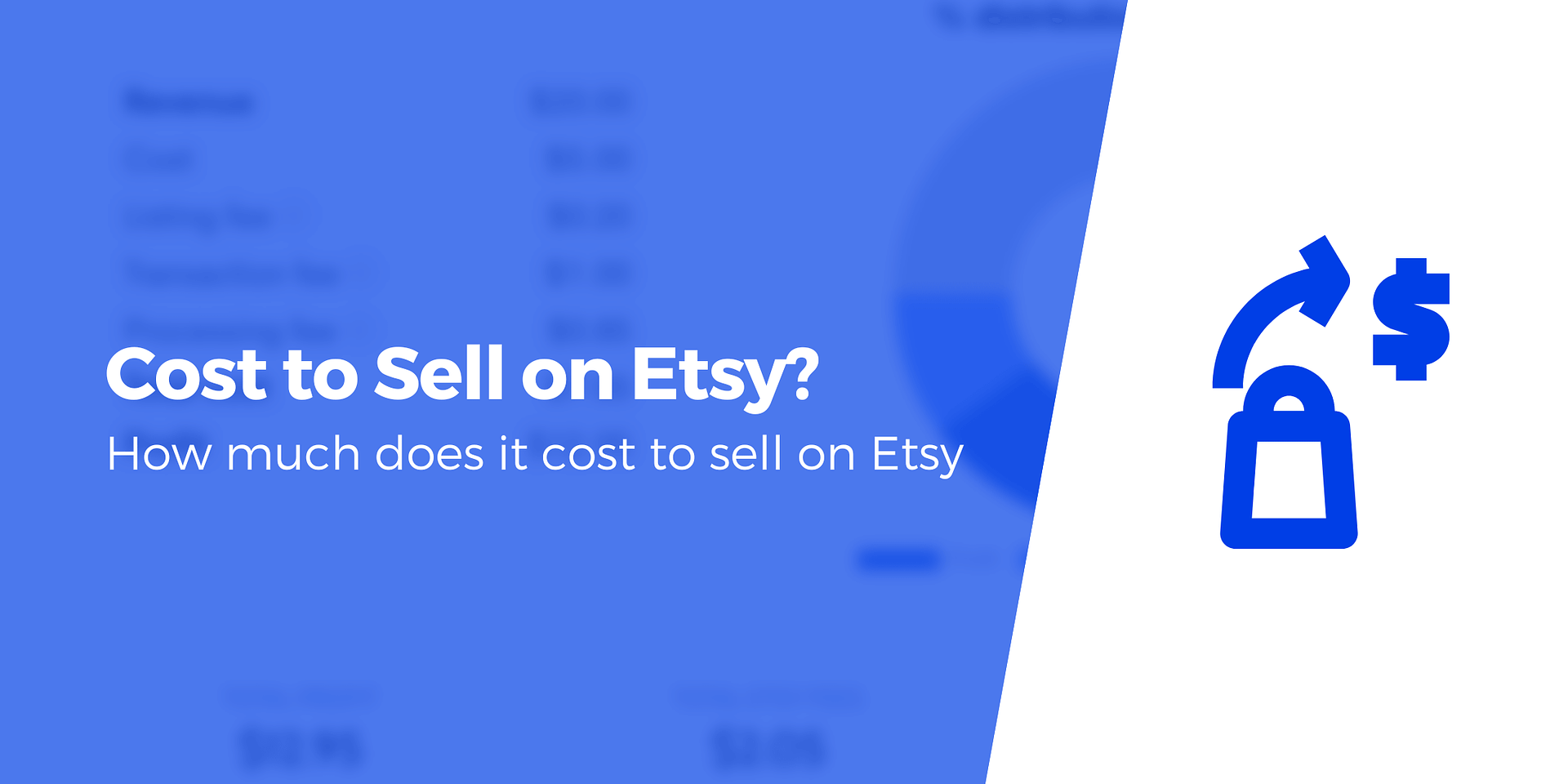Monetizing your crafting skills through online platforms offers a promising avenue for generating income from your hobbies. Nevertheless, navigating the diverse options and deciphering the intricate fee structures can be a daunting task. In this comprehensive article, we will conduct a detailed cost analysis of selling your crafts on Etsy versus WooCommerce, aiding you in making an educated decision. The article is organized into five sections, each addressing a key aspect of this comparison: What is Etsy? What is WooCommerce? How much does it cost to sell on Etsy? How much does it cost to sell with WooCommerce? Etsy vs. WooCommerce: cost breakdown. By the end of this piece, you will possess a clear understanding of the cost disparities between these two platforms.
**What is Etsy?**
Etsy stands as a digital marketplace, specializing in the promotion of handmade crafts and supporting independent creators. It facilitates a streamlined sign-up process, enabling you to swiftly establish your online store and commence selling your crafted inventory with ease. Notably, no prior web design experience or coding expertise is required to set up your shop. Furthermore, Etsy boasts an extensive customer base, with a staggering 89.90 million active buyers [1].
*Pros of selling on Etsy:*
1. **No Hosting Worries:** You are relieved of the need to concern yourself with web hosting options and associated fees.
2. **Effortless Setup:** Establishing your store is a breeze, even without prior web design or coding knowledge.
3. **Built-in Reviews:** Etsy provides built-in options for customer reviews, enhancing trust and transparency.
4. **Immediate Visibility:** Your crafts gain instant visibility to users actively seeking your products.
5. **Independent Creator Focus:** You compete primarily with fellow independent creators rather than formidable big brands.
6. **Trusted Platform:** Etsy is a reputable and well-established platform, offering a secure payment system.
7. **Community Engagement:** Access to valuable advice and a supportive community through Etsy forums.
*Cons of selling on Etsy:*
1. **Branding Limitations:** Your products may often be associated with “Etsy” rather than your personal brand.
2. **Customer Relationship Challenges:** Limited ability to build long-term customer relationships due to the absence of a newsletter signup form.
3. **High Competition:** You contend with 7.47 million other independent creators on the platform.
4. **Product Recommendations:** Etsy displays recommendations for other crafts under your product listings, potentially diverting customers.
5. **Complex Fee Structure:** The fee structure, especially for sellers offering multiple items, can be convoluted.
**What is WooCommerce?**
WooCommerce, in contrast, is an e-commerce solution meticulously designed for WordPress websites. To utilize WooCommerce, you must create a website and install the plugin. Despite the initial impression of complexity, WooCommerce proves to be user-friendly, requiring no coding or web design skills. Impressively, it currently powers over three million live websites.
*Pros of selling with WooCommerce:*
1. **Branding Independence:** You have the autonomy to build your unique platform and brand identity.
2. **Newsletter Integration:** Easily incorporate newsletter signup forms to foster customer retention and engagement.
3. **Payment Gateway Variety:** Flexibility to add diverse payment gateways to cater to a global customer base.
4. **Versatile Extensions:** Access a wide array of extensions for shipping, tax management, and selling various product types.
5. **Minimized Competition:** Your product listings remain uncluttered by competing sellers.
6. **Abundant Resources:** Benefit from extensive documentation, sales tips, and agency recommendations.
*Cons of selling with WooCommerce:*
1. **Website Setup:** You must create a website using the WordPress platform.
2. **Upfront Hosting Costs:** An initial investment is required for website hosting, with potential increases after the first year.
3. **Maintenance Responsibility:** Greater ownership of site maintenance and security.
4. **Audience Building:** Starting from scratch, you need to cultivate your own audience.
5. **Direct Competition:** Directly compete with other websites in your niche.
6. **Limited Human Support:** Lacks direct human customer support from the WordPress platform.
**How much does it cost to sell on Etsy?**
The cost of selling on Etsy varies based on the volume of items you sell and comprises three distinct fee categories:
1. **Listing Fees:** Etsy charges a $0.20 fee for each listed item, valid for four months. If an item remains unsold and you wish to keep it listed, you must re-pay the fee. For multiple quantities of the same item, an additional $0.20 fee applies for each sale.
2. **Transaction Fees:** When a sale occurs, Etsy imposes a transaction fee amounting to 6.5% of the listing price, shipping cost, and gift wrapping cost. Additional charges may apply for customization services. It’s important to note that, for U.S. sellers, the transaction fee calculation excludes sales tax, while it’s included for sellers outside the U.S.
3. **Offsite Advertising:** Etsy conducts advertising campaigns for products within its marketplace on external partner sites. Should a customer discover your item through these ads and make a purchase, it is considered an “Attributed Order.” The fee for Attributed Orders varies depending on your store’s revenue in the preceding 365 days. Stores earning less than $10,000 face a fee of 15% of the listing price and associated costs. For stores exceeding $10,000 in revenue, this fee reduces to 12%. Importantly, you can opt out of offsite advertising if your store does not meet the $10,000 threshold.
In conclusion, the cost of selling on Etsy fluctuates in accordance with your sales volume and participation in offsite advertising.


